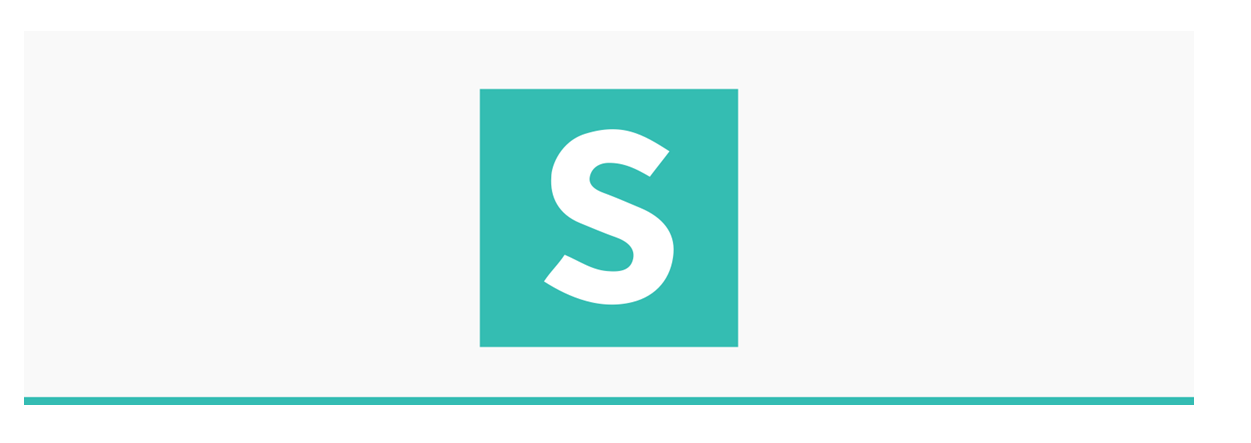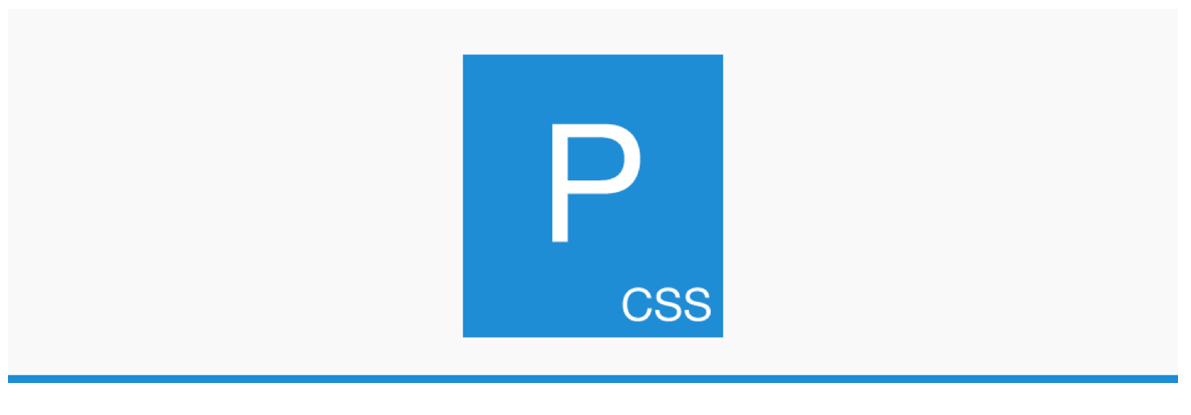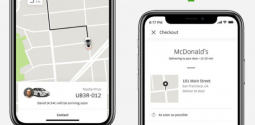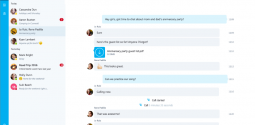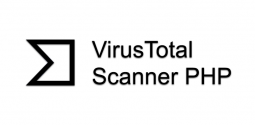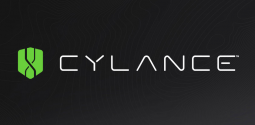Best 10 Front-End Frameworks for Your Next Project
- Fariha
- December 14, 2017
- 1,956
You cannot stress more on the importance of front-end frameworks while you are developing your new website. There are tons of options when it comes to front-end frameworks because of their popularity. Since there are numerous front-end frameworks to choose from, determining which the best option is can be challenging. Many developers focus on the most popular options out there such as Foundation and Bootstrap but you must know that they are not the end of the world. There are many frond-end frameworks which can meet your requirements and even go beyond your expectations.
Here we have got 10 of the best front-end frameworks that can be ideal for your new website project. However, before you make up your mind, you must have a clear idea as to what you need to look for while deciding which front-end framework can be just right for you. There are few things to bear in mind so that you can make a well-informed decision.
Firstly, you need to check out the skill level of the front-end framework. For beginners, a strong framework such as Bootstrap can be best while for those who are more experienced may consider you may feel more comfortable with a simpler framework with tons of wiggle room for customization. The front-end framework you look for must have responsive design. Appearance is another important concern that you need to consider. You should look for a front-end framework which allows you to have the appearance with little effort. The best front-end framework gives you the power to produce wireframes and prototypes in a quick way in order to speed up the overall design and development process. The best front-end framework speeds up, simplifies and streamlines the website design and development process and at the same time gives you the flexibility and features essential to have great results.
1. Foundation
If you are looking for a highly advanced front-end framework Foundation is the way to go. An enterprise-grade front-end framework, Foundation is just perfect for developing responsive websites. It is used on sites such as eBay, Facebook, and Mozilla, but remember that since it is the very advanced tool it is not suitable for new developers. This framework is brimming with exciting features and supports GPU acceleration for superfast and smooth animations and Fastclick.js for quick rendering on mobile devices. Foundation can be just the right tool for developers with sufficient experience and who are looking for developing great, fast and responsive websites.
2. Material UI
This front-end framework is ideal for those of you who are looking for a framework that would allow them to stick to Google’s material design guidelines with ease. Material UI is a highly elaborate framework to implement these guidelines. Other than being highly customizable, it is packed with great features like ready-to-use CSS and material design-compliant components, this front-end framework is built on top of the LESS preprocessor.
3. Milligram
You want to make use of a highly lightweight framework here is another option to explore. Milligram when Gzipped comes out to only 2kB in size. It is used to offer you with a simplistic and convenient starting point. Its grid system is different compared to others due to its use of the CSS Flexible Box Layout Module standard. Milligram includes some key components such as tables, lists, typography, buttons, forms, blockquotes that can help you get started.
4. Semantic-UI
This is another great front-end framework that can help you have websites that you desire. It is an exceptional front-end framework and is well known for its simplicity. As it makes use of natural language, there is no issue when it comes to coding. So if you don’t have much coding experience you will be able to manage this framework wthout having to worry about a thing. Semantic-UI is integrated with a plethora of third-party libraries, which is another plus.
5. Bootstrap
Without doubt Bootstrap is one of the most popular front-end frameworks that you can count on. Bootstrap comes from the creators of Twitter developers. It offers tons of features and functions such as CSS, HTML and JavaScript, or JS, components. It allows you to have responsive website as it sticks to responsive web design standards. Since Bootstrap is updated on a regular basis it includes the up to the minute features.
6. Materialize
Another responsive front-end framework which implements Google’s material design specifications as well. Materialize is packed with tons of icons, ready-to-use buttons, cards, forms and more. The framework is offered in a standard version as well as a version that runs on SASS. An easy IZ column grid feature is also offered that can help you design website layouts. SASS mixins, ripple-effect animation as well as drag-out mobile menus are some other great features of Materialize.
7. Pure
Pure offers a lightweight variety of CSS modules which you can use in almost any project. Coming from the Yahoo development team, you can trust Pure without thinking much. With the help of this front-end framework you can create menus, grids, responsive buttons, tables as well as many other features. But remember that it does not support JavaScript or JQuery plugins since it is CSS based.
8. UIKit
This is a highly modular framework which has a number of unique features. One of the best things that makes it stand apart from other front-end frameworks is the fact that it has LESS and Sass CSS preprocessors. You get a number of nimble, responsive components which has made it one of the most popular frameworks around. You can make the most of UIKit’s more than 30 extendable, modular components which you can combined to enjoy added versatility. You get navigation components such as side navigation bars as well as elements such as HTML forms and tables.
9. Susy
While some think that this one is not a front-end framework in the real sense as it is focused on solving complex layout needs, there are others think otherwise. Many consider it as a grid maker more than anything, but it can be an essential option for those who have specialized layout needs. Susy makes a great choice for developers that can provide them with mixins that can be used to make grids. Susy does all of the calculations on your behalf so you can save considerable time by using this front-end framework.
10. Skeleton
A lightweight responsive boilerplate with just 400 lines of code, Skeleton is another front-end framework that can help you in your next project. It is designed to include just the minimum needs essential to kick start your web development project. Other than being responsive, it is based on a 12-column grid system, and has essentials like lists, buttons, forms and much more.



